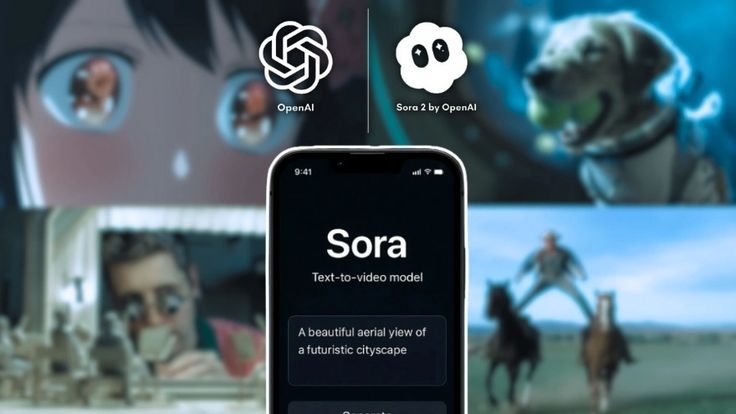OpenAI has officially launched Sora, its groundbreaking AI video generation tool, on Android devices across the US, Canada, and several other regions, marking a major leap in the way creators produce videos on mobile. Known for its realistic, cinematic outputs, Sora is already being hailed as a revolutionary step in AI-driven video storytelling, opening up possibilities once reserved for professional studios.
Sora’s arrival on Android expands OpenAI’s reach beyond desktop creators, empowering mobile users to generate high-quality video content with simple text prompts. The app integrates OpenAI’s proprietary video generation model, capable of turning natural language descriptions into detailed, dynamic clips within seconds. For influencers, marketers, filmmakers, and casual users alike, Sora brings the power of artificial intelligence directly to their fingertips — no heavy editing software required.
The app’s design emphasizes accessibility and ease of use. Once downloaded, users can type a short prompt such as “a man running through a futuristic city at sunset”, and Sora instantly produces a vivid, realistic animation matching that description. It allows creators to tweak elements like style, duration, camera angle, and even emotional tone. Early beta users have praised the app for its intuitive interface and rapid processing speed, calling it “a portable film studio powered by AI.”
From a technical standpoint, Sora operates on OpenAI’s advanced multimodal model that understands context, motion, and storytelling. Unlike other AI video tools that often generate static or inconsistent visuals, Sora creates smooth transitions and cinematic camera movements that mimic real-life footage. This leap in quality comes from OpenAI’s training of the model on vast datasets combining text, video, and image information, enabling it to grasp both narrative flow and visual coherence.
Beyond its creative appeal, Sora represents a shift in how video content is conceptualized and produced. For years, mobile creators have relied on apps like CapCut, InShot, and Adobe Premiere Rush for editing and post-production. Sora changes that workflow entirely by generating the base content itself. This means even individuals without editing skills or expensive equipment can produce professional-grade videos for social media, advertising, or personal projects. It democratizes video production in the same way that ChatGPT transformed writing.
However, OpenAI’s latest release also raises questions about authenticity and ethics in content creation. Experts warn that as Sora’s realism improves, distinguishing between AI-generated and real footage could become increasingly difficult. OpenAI has addressed these concerns by embedding digital watermarks and metadata identifiers into every Sora-generated video, ensuring transparency and traceability. The company also enforces strict content moderation policies to prevent misuse, such as generating deepfakes or inappropriate material.
The commercial potential of Sora is immense. Social media influencers can produce original cinematic reels on the go; brands can instantly visualize marketing concepts; and filmmakers can prototype storyboards in real time. In the education sector, teachers and students can use Sora to illustrate lessons, create presentations, or visualize historical events. The accessibility of such technology could redefine the boundaries of visual communication across industries.
Currently, Sora is available for Android users through a phased rollout, with plans to expand globally and bring iOS compatibility soon. OpenAI has hinted at upcoming premium tiers offering longer video durations, higher resolutions, and advanced editing options. As competition intensifies in the AI video landscape — with players like Runway, Pika Labs, and Stability AI — Sora’s mobile-first strategy gives OpenAI a decisive edge.
With the world increasingly embracing short-form video content, OpenAI’s Sora stands as a timely innovation. It combines the creativity of filmmaking with the accessibility of mobile AI tools, setting a new benchmark for how humans and machines collaborate to tell stories. For creators everywhere, this isn’t just another app — it’s the dawn of a new era in mobile video creation powered by artificial intelligence.

